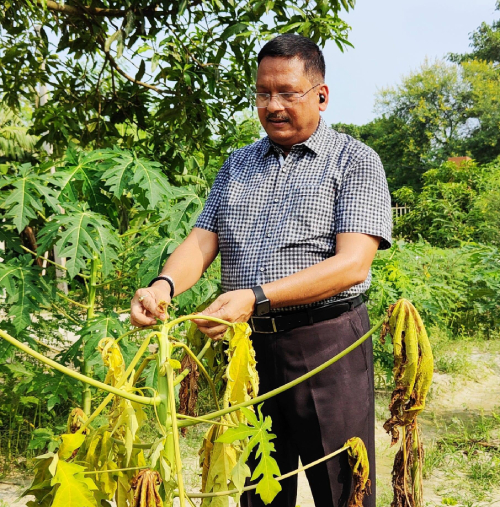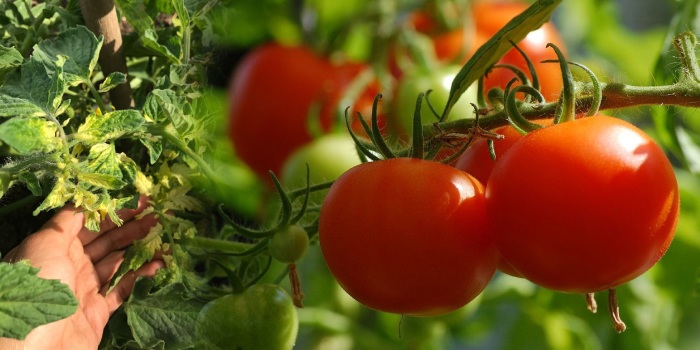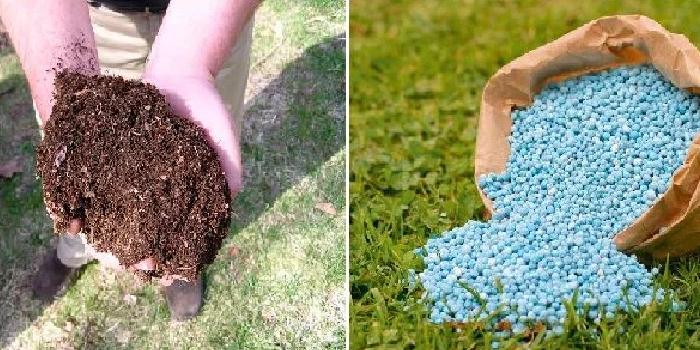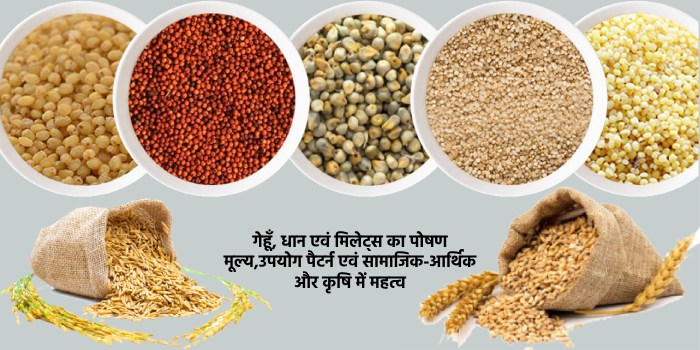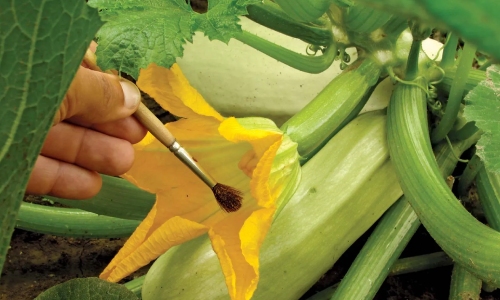
SELF INCOMPATIBILITY (S.I)
Aditya Abhinav1, Dr. Neha2
- B. Sc. (Ag.), Department of Agriculture, SIPS, Dehradun
- Assistant Professor, Genetics and Plant Breeding, Rama University Kanpur
Introduction
- First reported by _ koelreuter
- S.I refers to the inability of a plant with functional pollen to set seeds when self pollinated. It is the failure of pollen from a flower to fertilize the same flower or other flowers of the same plant.
- S.I is a general name for several genetic mechanisms in angiosperms, which prevent self-fertilization and thus encourage out-crossing and allogamy.
- More than 300 species belonging to 20 families of angiosperm show self incompatibility.
Reason for self-incompatibility:
1) Pollen stigma interaction.
2) Pollen tube and style interaction.
3) Pollen tube and ovary interaction.
- self incompatible pollen grain may fail to germinate on the stigmatic surface
- some may germinate but fail to penetrate the stigmatic surface
- Some pollen grain may produce pollen tube , which enter through stigmatic surface but its growth will be too slow. By the time the pollen tube enter the ovule, the flower will drop.
- General features of self incompatibility
- Prevent selfing and promotes out-breeding so increases the probability of new gene combinations.
- Causes may be morphological, physiological, genetical or biochemical.
- Normal seed set on cross pollination.
- May operate at any stage between pollination and fertilization.
- Reduces homozygosity
*Classification of self incompatibility
According to Lewis (1954) the self incompatibility is classified as follow:-
1) Heteromorphic self incompatibility
2) Homomorphic self incompatibility
- Heteromorphic self incompatibility :
- In this case there will be difference in the morphology of the flowers. (Structural morphology)
- The genes responsible for self incompatibility in heterostylous flowers are strongly linked to the genes responsible for flower polymorphism, so these traits are inherited together.
These are of two type :
a) Distyly
b) Tristyly
a) Distyly:
- Here both stamens and styles are of two types.
- Stamens may be low and high.
- Styles short and long.
- It is determined by a single gene(S), with two alleles(Ss).
- The flower with short style and high stamen is called as thrum type and flower with long style and low stamen is called as pin type. Both thrum and pin flowers differ for six characters in addition to stamen and style length.
- Cross Result
- Ss (thrum) X Ss (thrum) - Incompatible
- ss (pin) X ss (pin) - Incompatible
- Ss(thrum) X ss (pin) -1:1
- ss (pin) X Ss(thrum) -1:1
- E.g - Family primulaceae of plant pirrimula.
b) Tristyly:
- In Tristyly system styles and stamen have three different positions.
- It is determined by two genes S and M, each with two alleles.
- S gives rise to short style,
- S and M to medium style and
- s and m to long style.
- The number of possible genotypes is greater, but a 1:1 ratio exists between individuals of each SI type.
- E.g- Lathyrous sativas
- Homomorphic self incompatibility :-
- This type of incompatibility is not associated with morphological difference among flowers.
- The incompatibility reaction of pollen may be controlled by the genotype of the plant .
- This is of two type:
a) Gametophytic self incompatibility
b) Sporophytic self incompatibility
- Gametophytic self incompatibility:-
- This type self- incompatibility was first described by East and Mangeldorf in 1925 in tobacco.
- In this system, the incompatibility reaction of pollen is determined by its own genotype and not by the genotype of the plant on which it is produced.
- Genetically the incompatibility reaction is determined by a single gene having multiple allele.
- E.g: Trifolium nicotiana
- Cross Compatibility
- S1S2 X S1S2 Fullyincompatible
- S1S2 X S1S3 Partiallycompatible
- S1S2 X S3S4 Fully compatible
- Sporophytic self incompatibility:
- This type of self incompatibility was first reported by Hughes anb Babcock in
- 1950 in Crepis foetida.
- In this system incompatibility reaction of pollen is governed by genotype of plant on which pollen is produced, and not by genotype of pollen.
- E.g : Raddish , spinach , brassica oleracea.
Pseudo fertility:
- Temporary suppression of self incompatibility.
- It is done by different methods:
1) Bud pollination: Pollination of immature bud with mature pollen.
2) Delay pollination: Pollination of aged pistil several day after maturity with normal incompatible pollen.
3) Late season pollination: Self pollination at end of flowering season also lead to seed set.
4) Irradiation of style: In solanaceae, acute irradiation with X-rays or Gamma rays induces a temporary loss of self incompatibility.
5) High temperature: Treatment of high temperature ranging from 30-600 C lead to break down of self incompatibility in lycopersicon, brassica spp.
6) Surgical method: In this method pollen is applied in direct contact with ovule result in breakdown of S.I.
Limitation of self incompatibility:
-
- It is very difficult to produce homozygous inbred lines in a self incompatible species.
- Bud pollination has to be made to maintain the parental lines.
- Self incompatibility is affected by environmental factors such as temperature and humidity. Incompatibility is reduced or broken down at high temperature and humidity.
- There is a limited use of self-incompatibility due to problems associated with the maintenance of inbred lines through hand pollination as it is tedious and costly.




